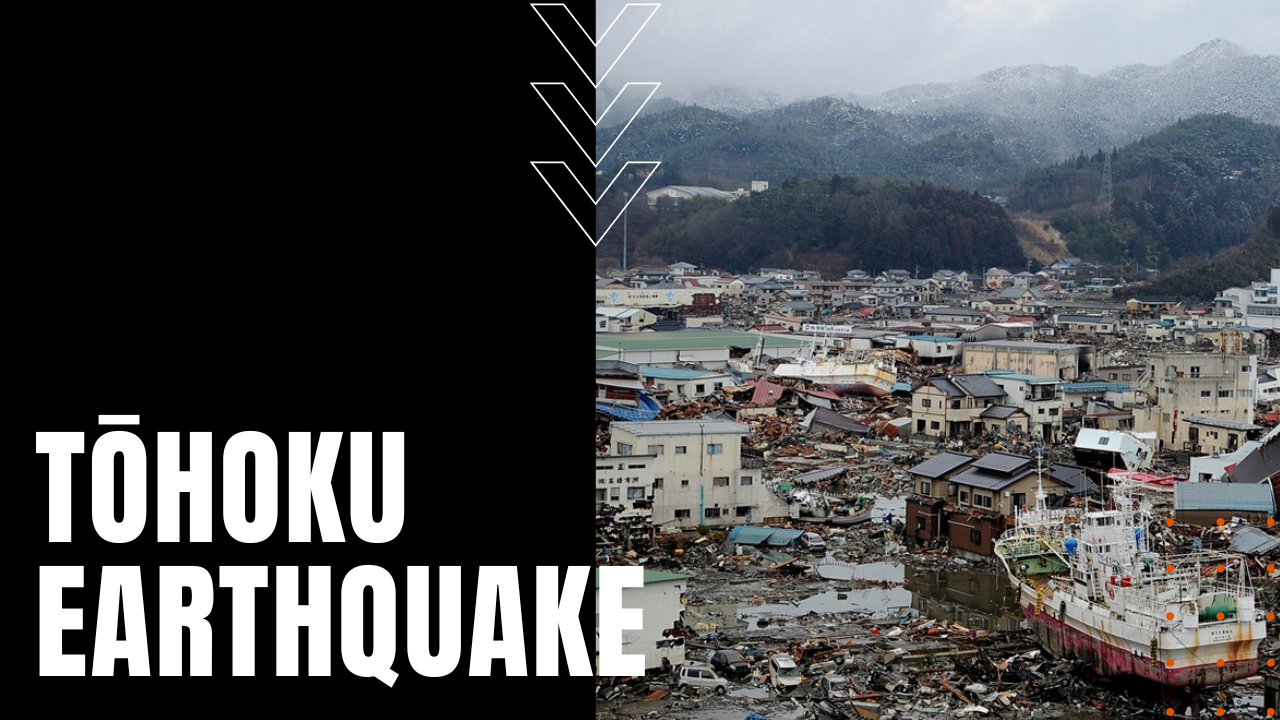Tōhoku Earthquake and Tsunami

The Magnitude of the Tōhoku Earthquake
In a perfect trifecta of compounding disasters, on March 11th, 2011, the Tōhoku region of Japan was struck by a 9.1 magnitude undersea megathrust earthquake, the largest ever to strike the island nation, as well as the fourth most powerful earthquake in recorded world history, since record-keeping began in 1900.
Known in English and Japanese collectively as 3.11, the quake’s epicenter was on the Pacific Ocean floor, some 45 miles east of the Oshika Peninsula in the northeastern region of Honshu Island, Japan’s largest and most populated land mass of some 421 inhabited islands. Panicked residents experienced six full minutes of unrelenting shaking before the second chapter of the unfolding tragedy began.
Tōhoku Tsunami
With less than eight to ten minutes of warning, the Tōhoku Earthquake triggered a massive tsunami wave that topped out at 133 feet in height, traveling at speeds upwards of 435 miles per hour, flushing six miles inland in a swatch of destruction that destroy more than 100,000 structures.
Freezing temperatures and active snowfall hindered early rescue efforts, leading to 19,759 fatalities, 6,242 injuries and 2,533 people still unaccounted for.
Fukushima Meltdown
Next in the falling line of dominoes was the Fukushima Daiichi Nuclear Power Plant, when three of her four reactors exploded after the loss of electrical power halted reactor cooling systems, leading to the evacuation of all residents within a twelve-mile radius of the now highly radioactive plant.
Three years after the meltdown and subsequent explosions, 1,500 fuel rods had been removed from Fukushima reactors, and as of 2022, cleanup efforts and full dismantling of the Fukushima Daiichi site is expected to take another 30 years and an additional $76 billion.
Economic Aftershocks
Early estimates of losses from the 3.11 Earthquake tallied up at $34.6 billion U.S., while on March 14th of 2011, the Bank of Japan infused $183 billion into the Japanese banking system in an effort to normalize market conditions.
According to a 2020 study, World Bank estimates of economic losses caused by the Tōhoku Earthquake and subsequent chain of disasters stands at $235 billion, making the Tōhoku Earthquake the costliest natural disaster in history. During the year following the disasters, Japan’s real GDP growth fell by a staggering 47%, making the Tōhoku Earthquake, one of the worst hard times in Asian history.
